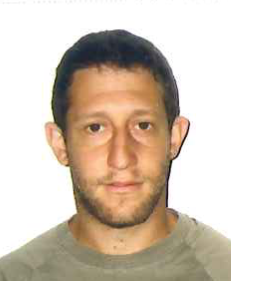Soutenance de Thèse d'Alejandro Schulman; Mémoires résistives non volatiles à base de jonctions métal-oxyde complexe
Mémoires résistives non volatiles à base de jonctions métal-oxyde complexe
Keywords :
resistive switching, memristor, oxygen diffusion, time relaxation, fatigue effects.
Mots clés



